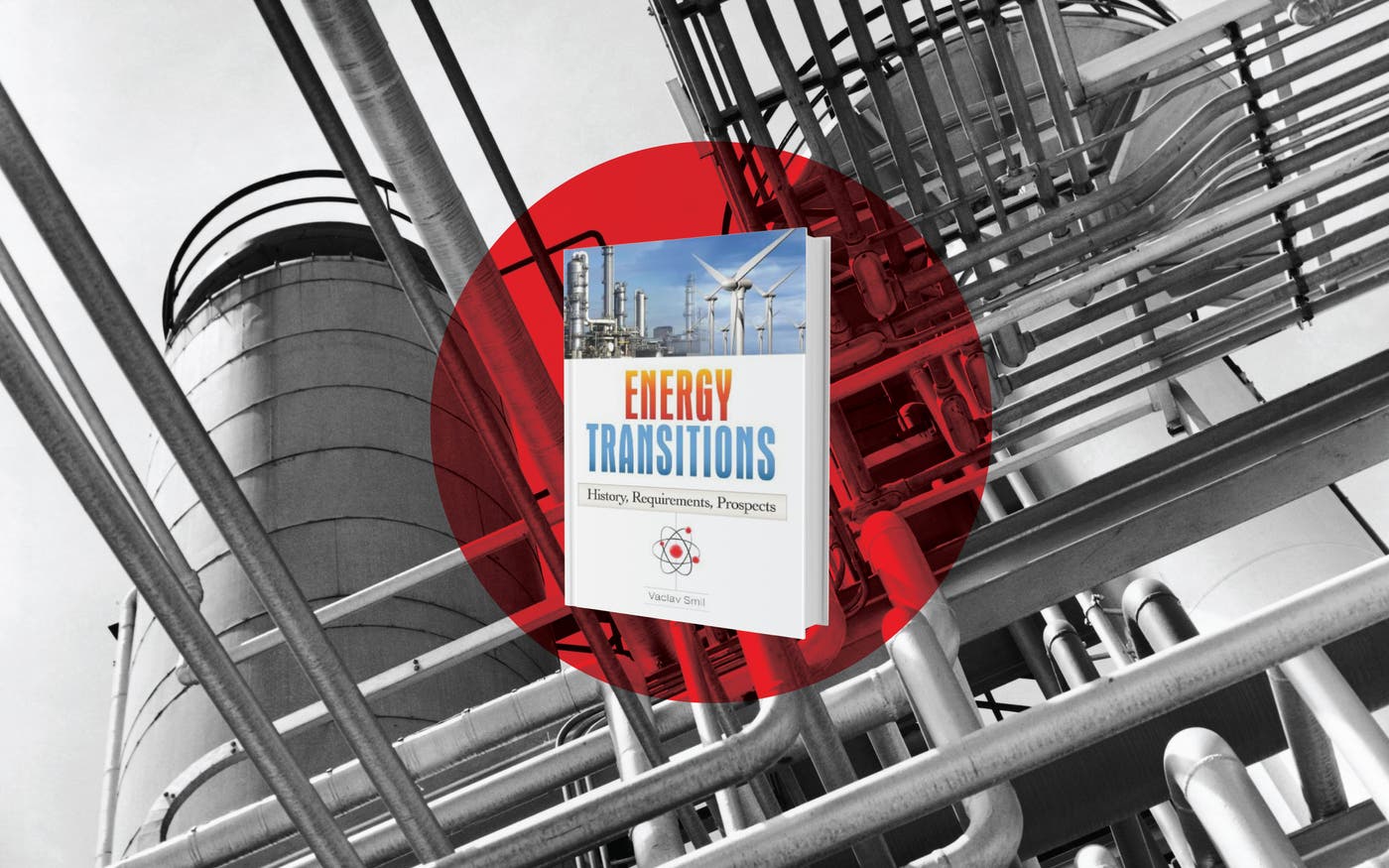
From Wood to Fossil Fuels
The evolution of energy use
In a new book, Vaclav Smil explains the energy transitions that have driven social, economic and technological change worldwide over time. He also discusses the evolving shift from fossil fuels to renewables.

Vaclav Smil has written another important book on energy which is quite amazing. Although there are a lot of important books about energy, as an author Smil is in a class by himself in terms of breadth and depth.
His latest book, Energy Transitions: History, Requirements, Prospects, is only about 175 pages and very readable, although like all of Smil books you have to be comfortable with lots of numbers, since the topic requires them. The various units that energy and power are measured in can often confuse things.
In Energy Transitions, Smil explains the third great energy transition, which occurred over the last several hundred years and included the shift from wood to coal, and the rise of oil and natural gas. As he notes, this transition from biomass to fossil fuels “has been the very essence of modernization.” The first great energy transition was the mastery of fire and the second was associated with the move from foraging to sedentary crop raising and domestication of animals. This third transition really only got going in the late 19th century and did not affect most of humanity until well into the 20th century.
Smil computes the relative energy generated by humans and animals, and early “inanimate” energy technology such as wind power and water power before steam engines came along. And he shows what a small percentage of energy was produced by these inanimate technologies until the late 1800’s, except in the UK.
For each fuel type and each big application Smil explains the key breakthroughs. For natural gas it included new steel alloys, better welding, better pipe-laying, and new compressors invented after World War II. Smil points out that the time between the invention of a new energy technology and its widespread use is usually many decades. In the case of liquefied natural gas, for example, it was almost 100 years.
One section of the book discusses how energy transitions varied in different countries. For example, the Netherlands used its peat resources and wind for early energy intensification. The U.S. was slow to switch to coal – with coal surpassing wood as a primary fuel source only in the 1890’s. Although each of these countries faced very different circumstances in the evolution of their energy technologies, globalization means that our energy challenges going forward are shared.
In the final pages of the book Smil talks about what to expect from the fourth great energy transition, which we have just started. He shows that despite the desire for change “neither its pace not its compositional and operational details are yet clear.”
Smil makes clear the challenges involved in making renewable sources anywhere near as cheap as today’s high carbon energy. He describes the much lower power density of renewable sources and the challenges associated with location, intermittency, storage, and transmission. The intermittency/storage point is one I think he could have made even stronger. Even though this section overlaps with the other energy book he published this year (Energy Myths and Realities) it is still very much worth reading.
The book ends with Smil expressing disappointment that the U.S. and other wealthy countries have not done more to reduce energy usage. This is an important point, but I wish he had ended with a more detailed discussion of the fourth transition. While some people might not agree with everything Smil says, he has certainly taught me that, even with needed improvements in energy efficiency, it will be very difficult to get adequate amounts of cheap, carbon-neutral power to the poor very quickly, critical as that goal is.


